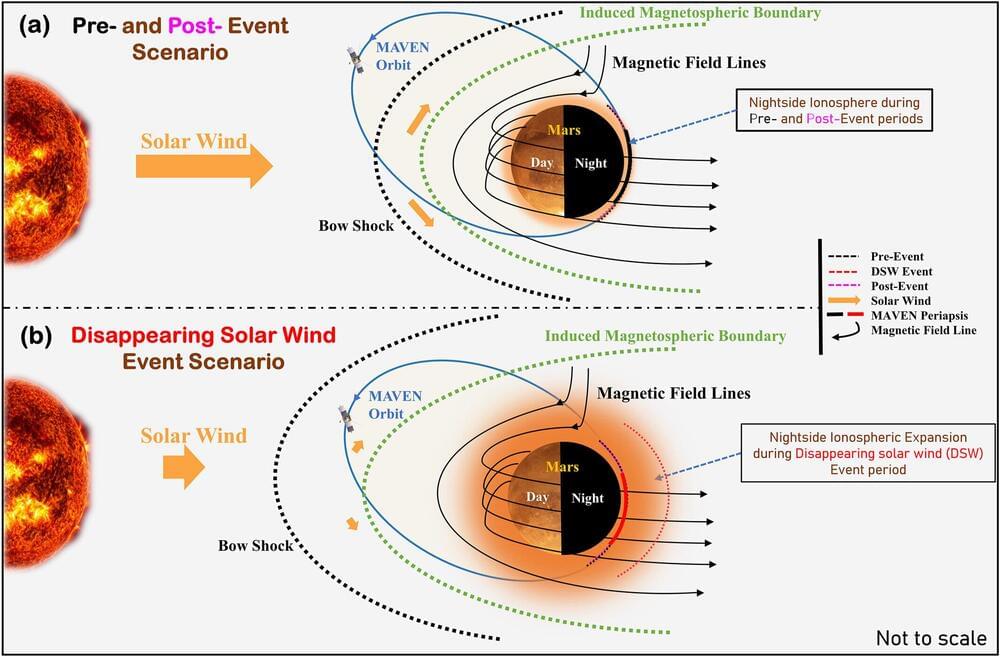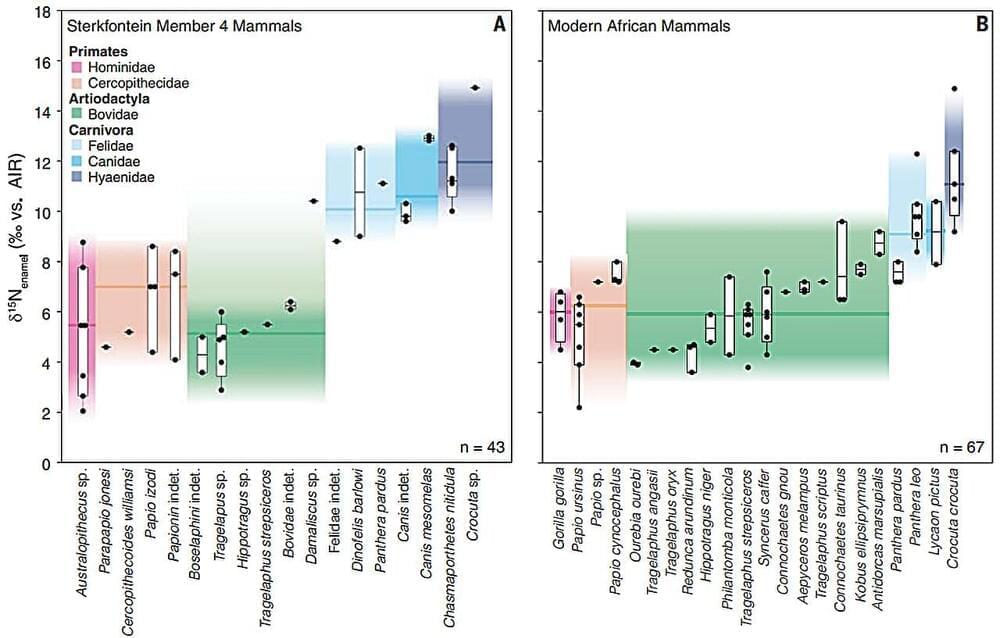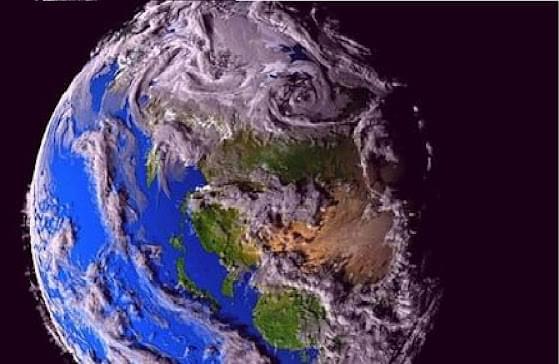Trees need a certain number of warm days in their growing seasons to grow properly; otherwise, the cell walls of new growth don’t lignify properly, creating blue rings that appear when wood samples are dyed.
Since trees and shrubs can live for hundreds of years, identifying these blue rings allows us to spot cold summers in the past. By looking at pine trees and juniper shrubs from northern Norway, scientists identified two extremely cold summers in 1902 and 1877, possibly caused by the eruptions of Mount Pelée on the island of Martinique and Cotopaxi in Ecuador.
“Blue rings look like unfinished growth rings, and are associated with cold conditions during the growing season,” said Dr. Agata Buchwal of Adam Mickiewicz University, Poland, lead author of the article in Frontiers in Plant Science.







